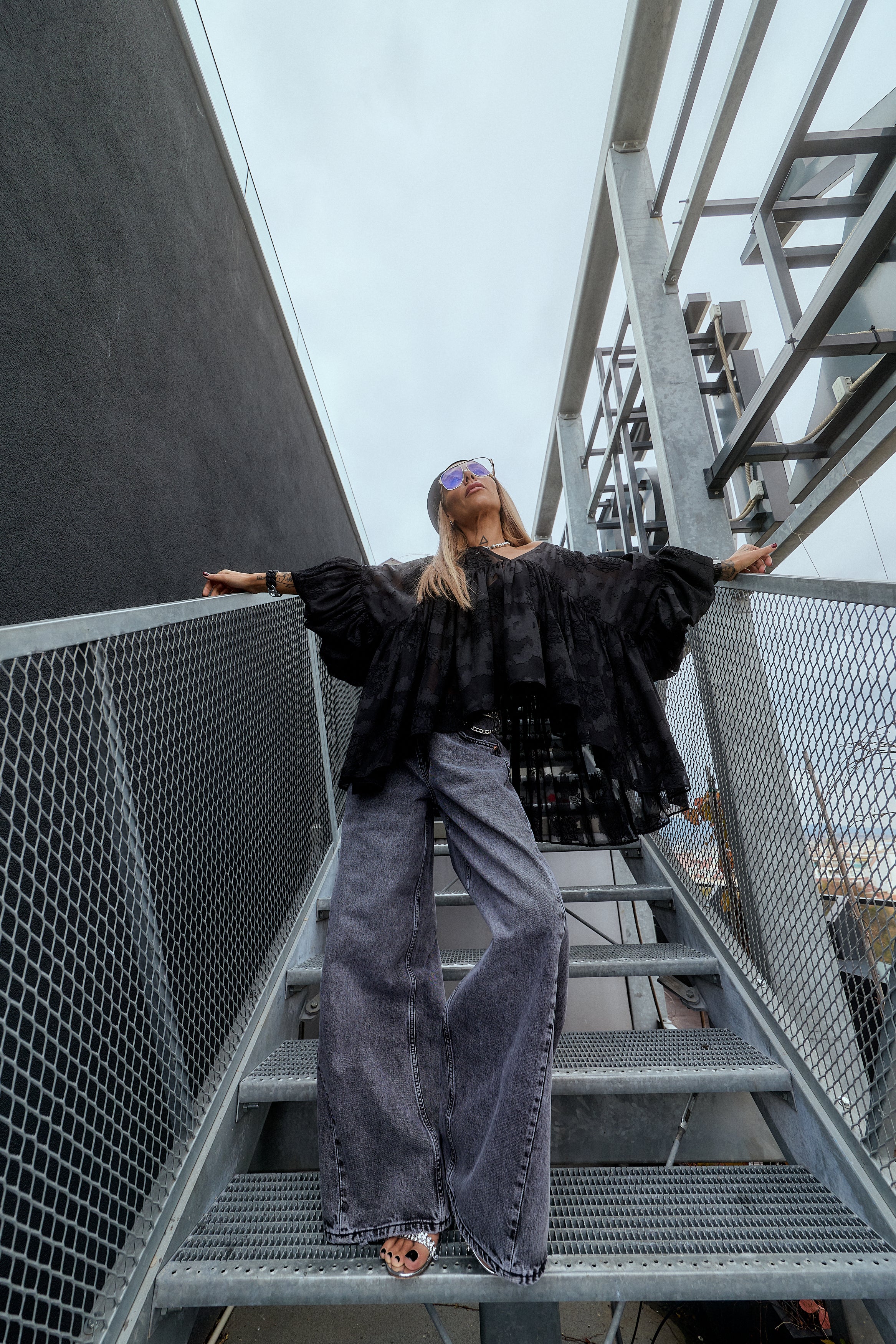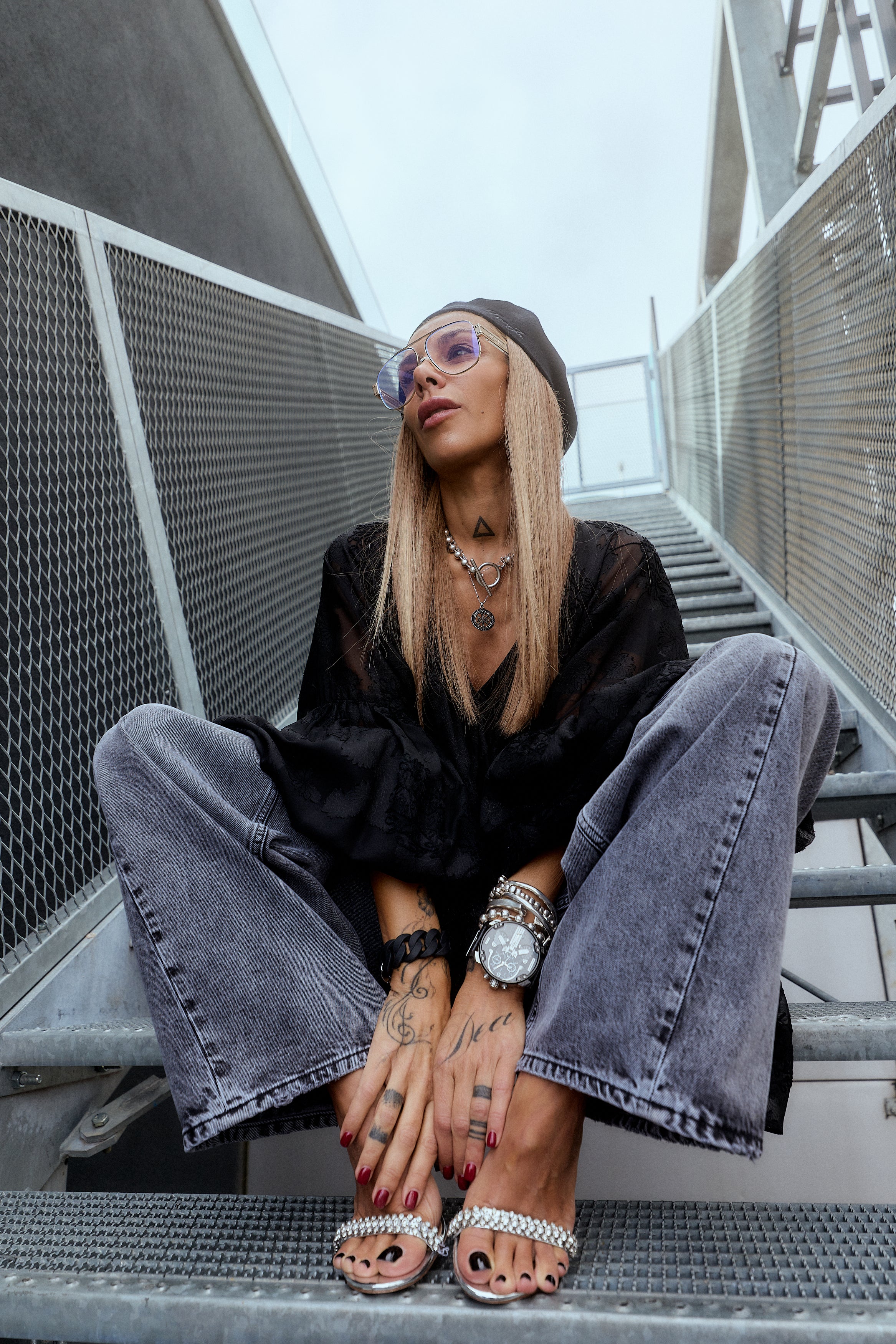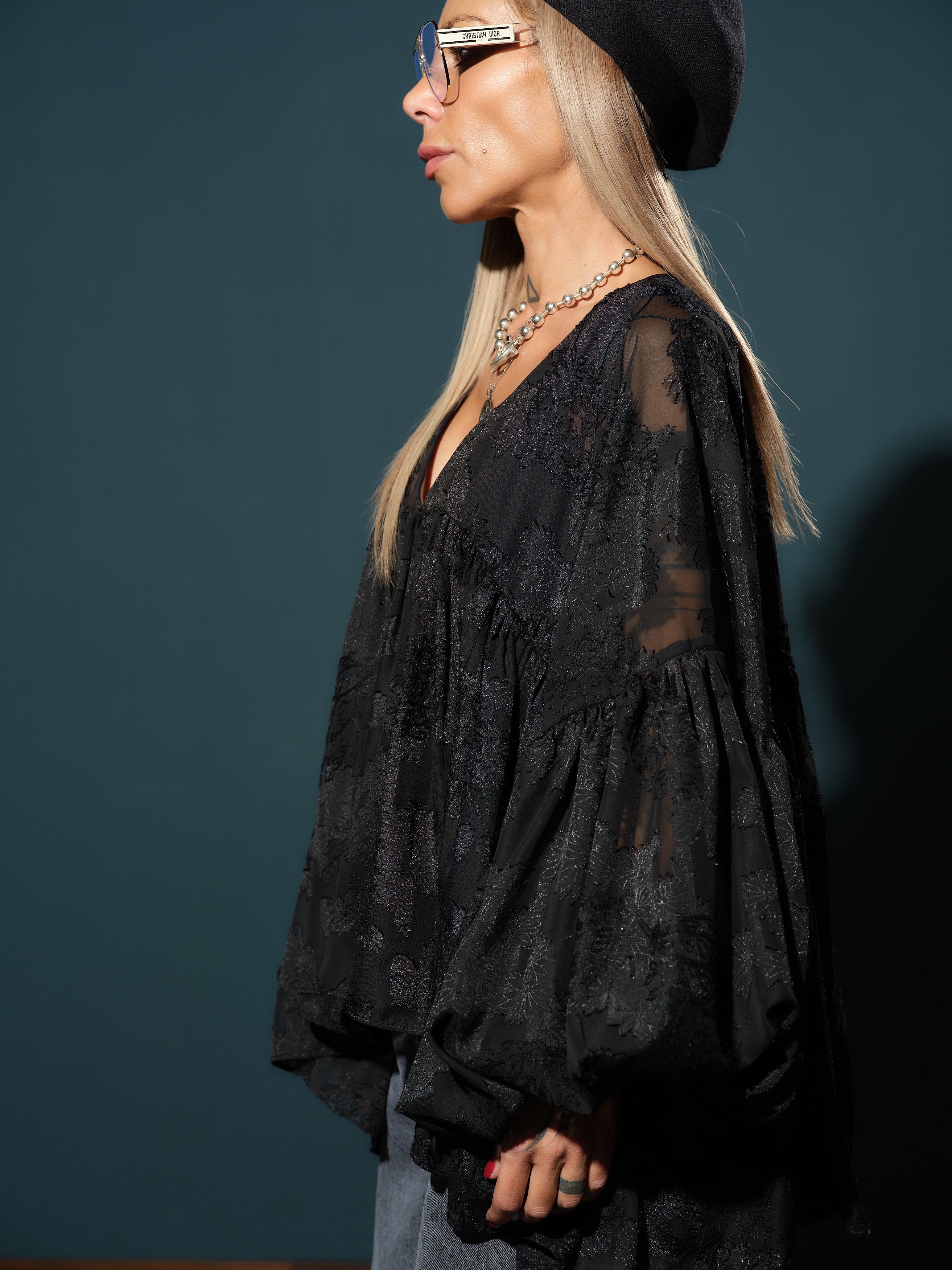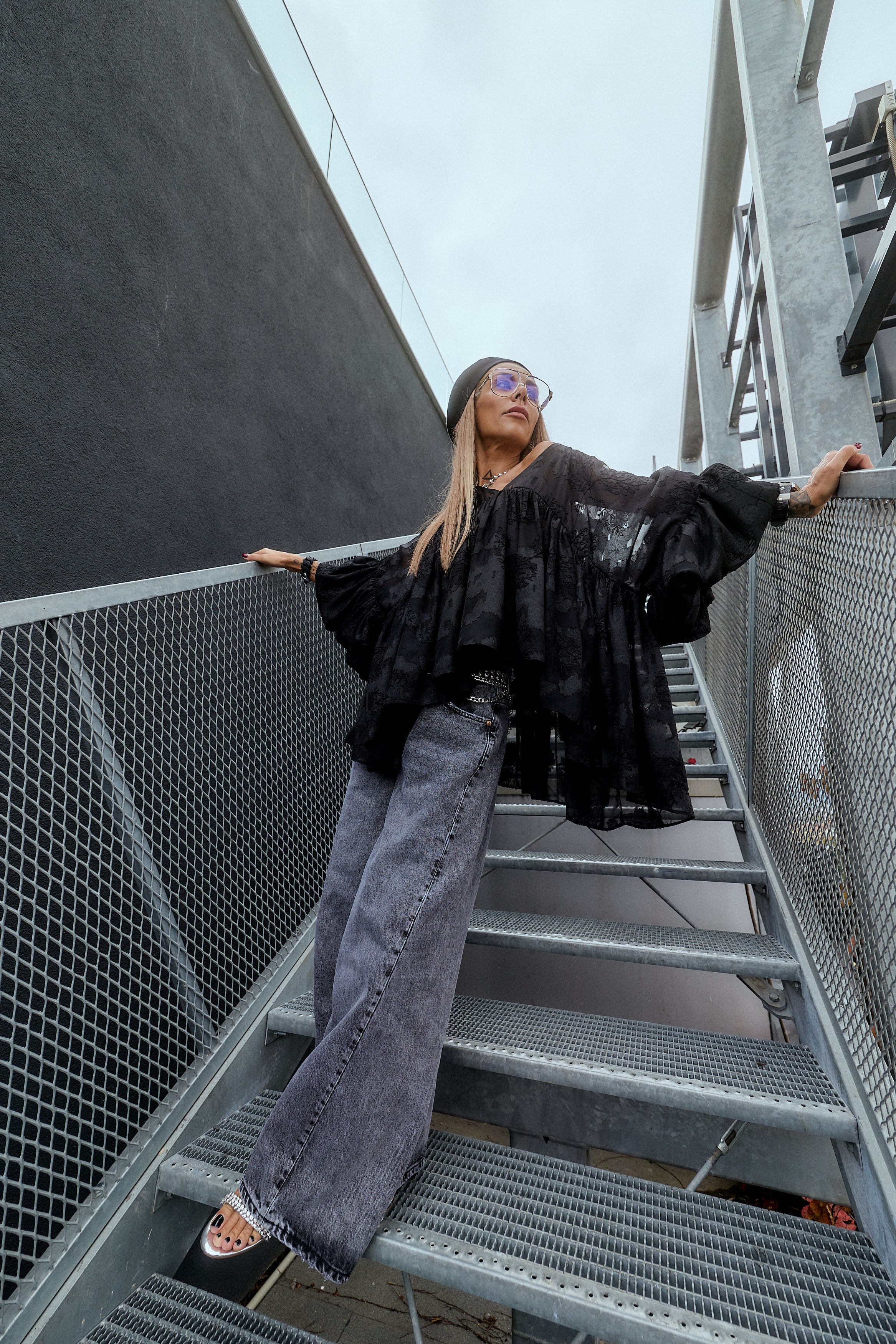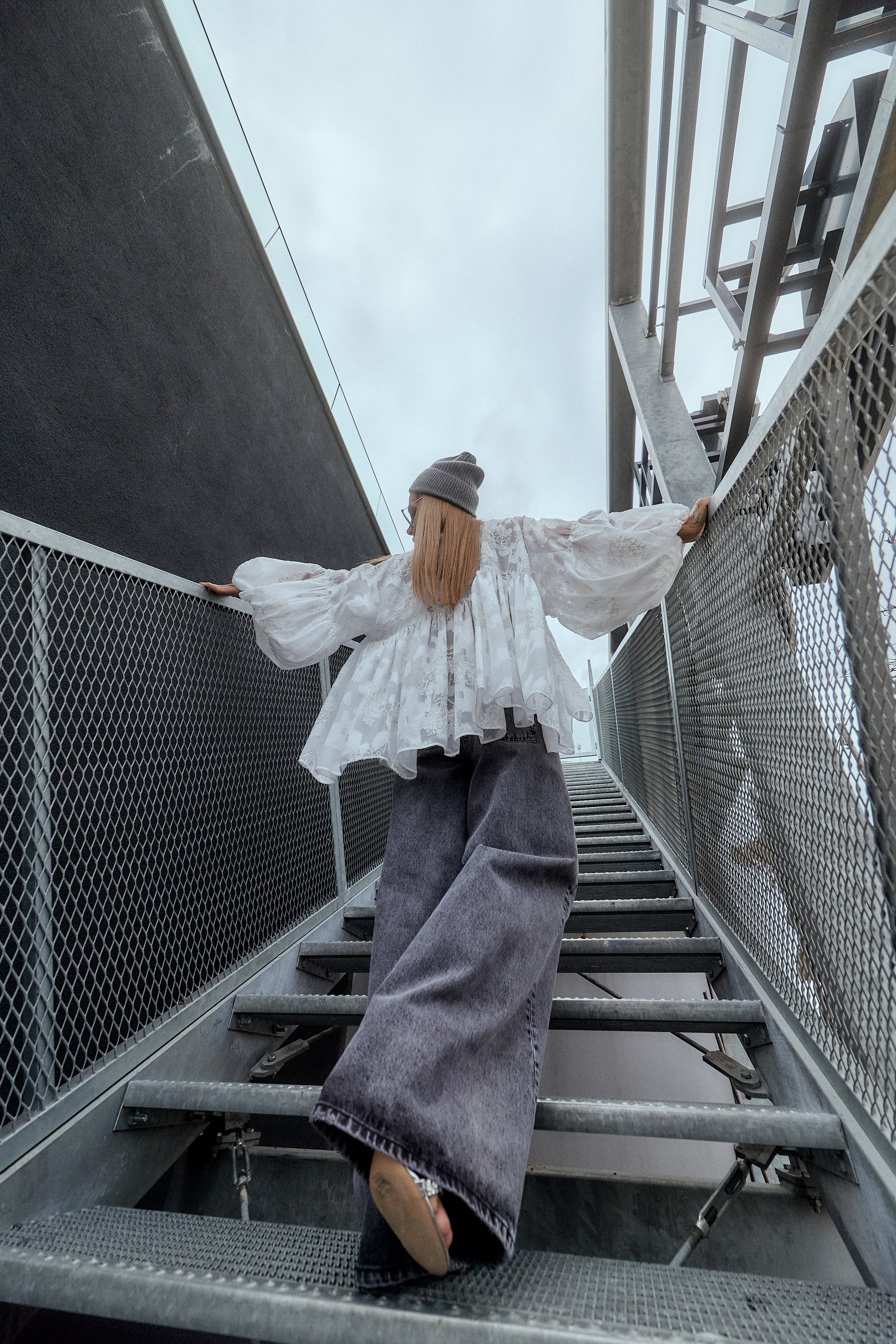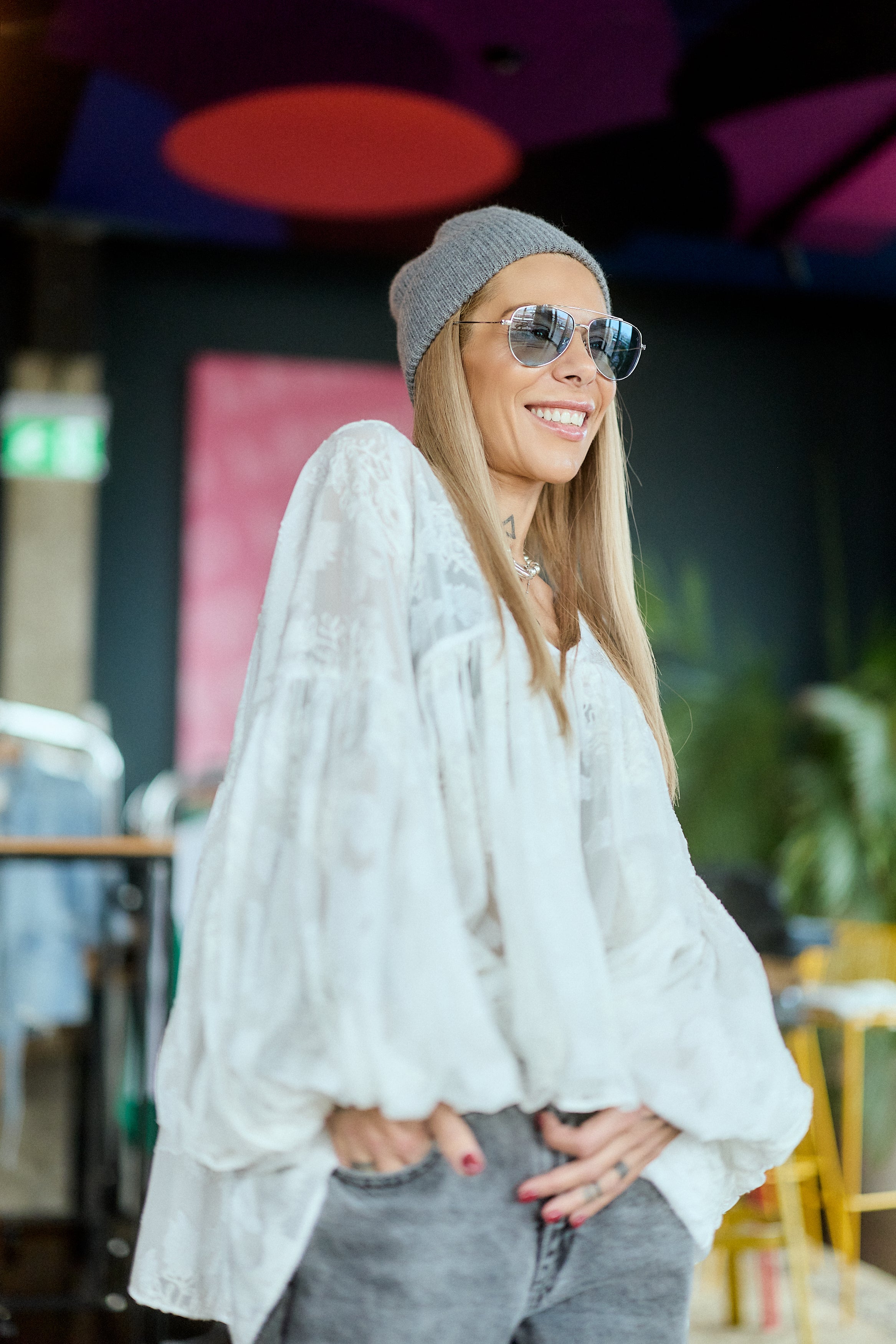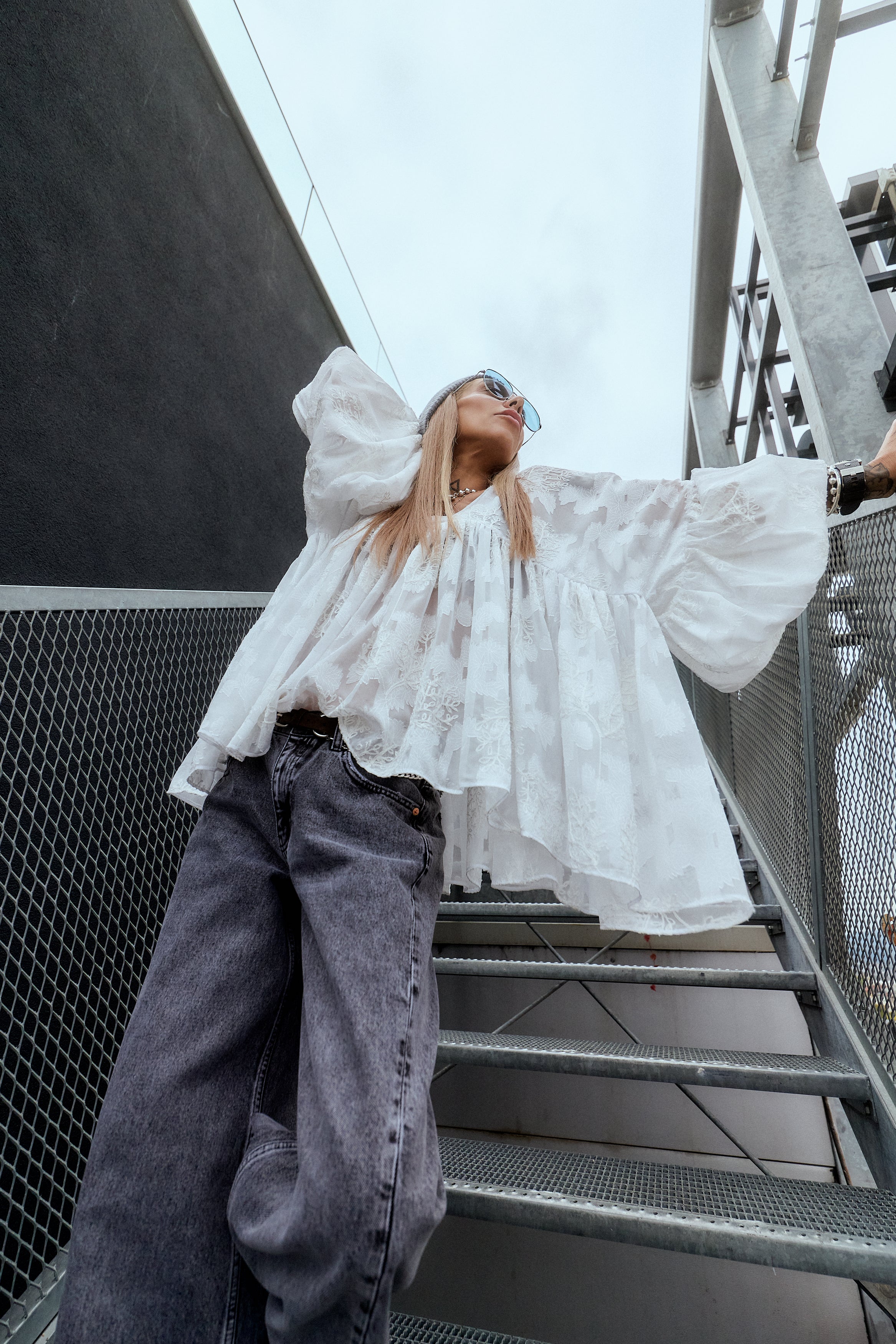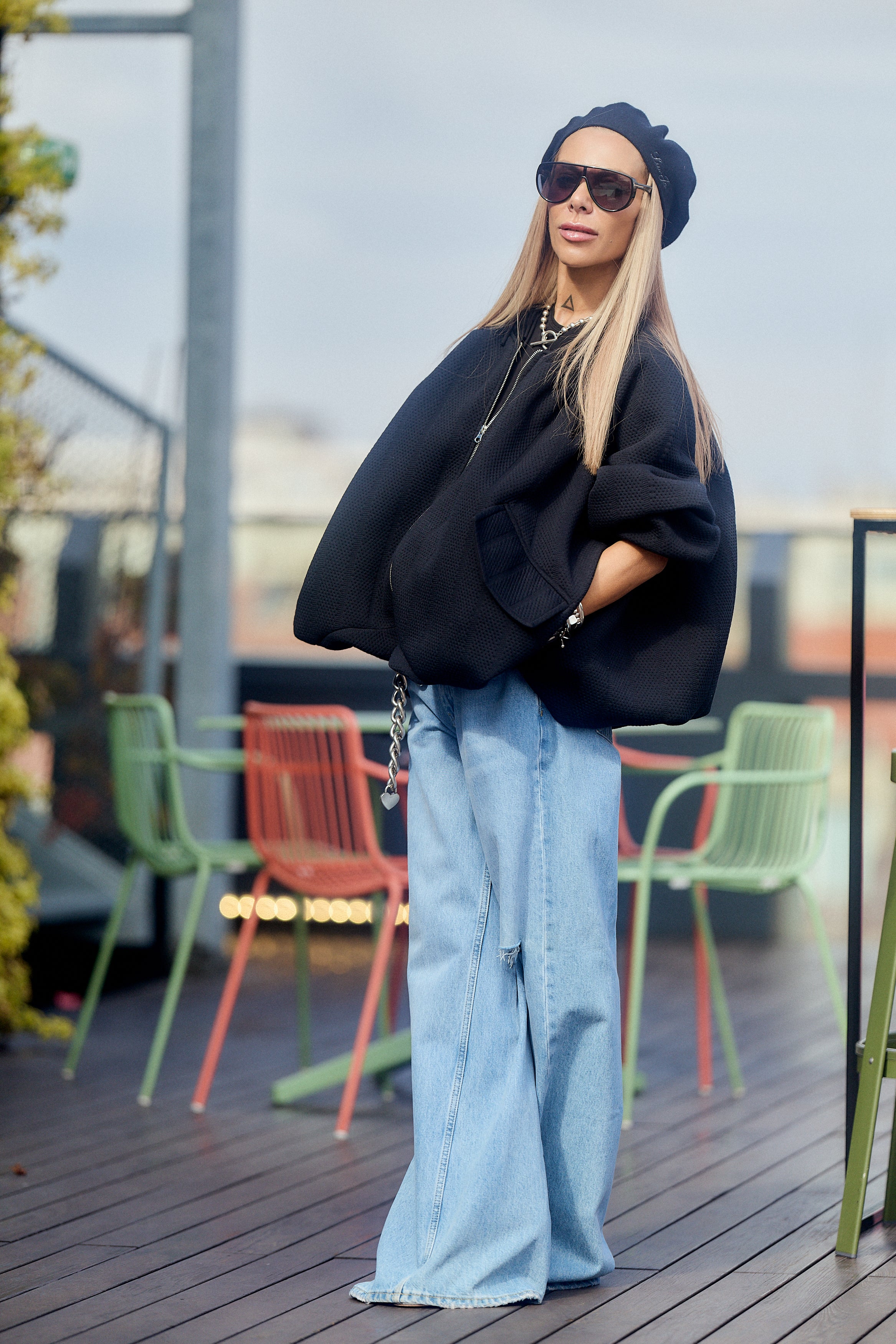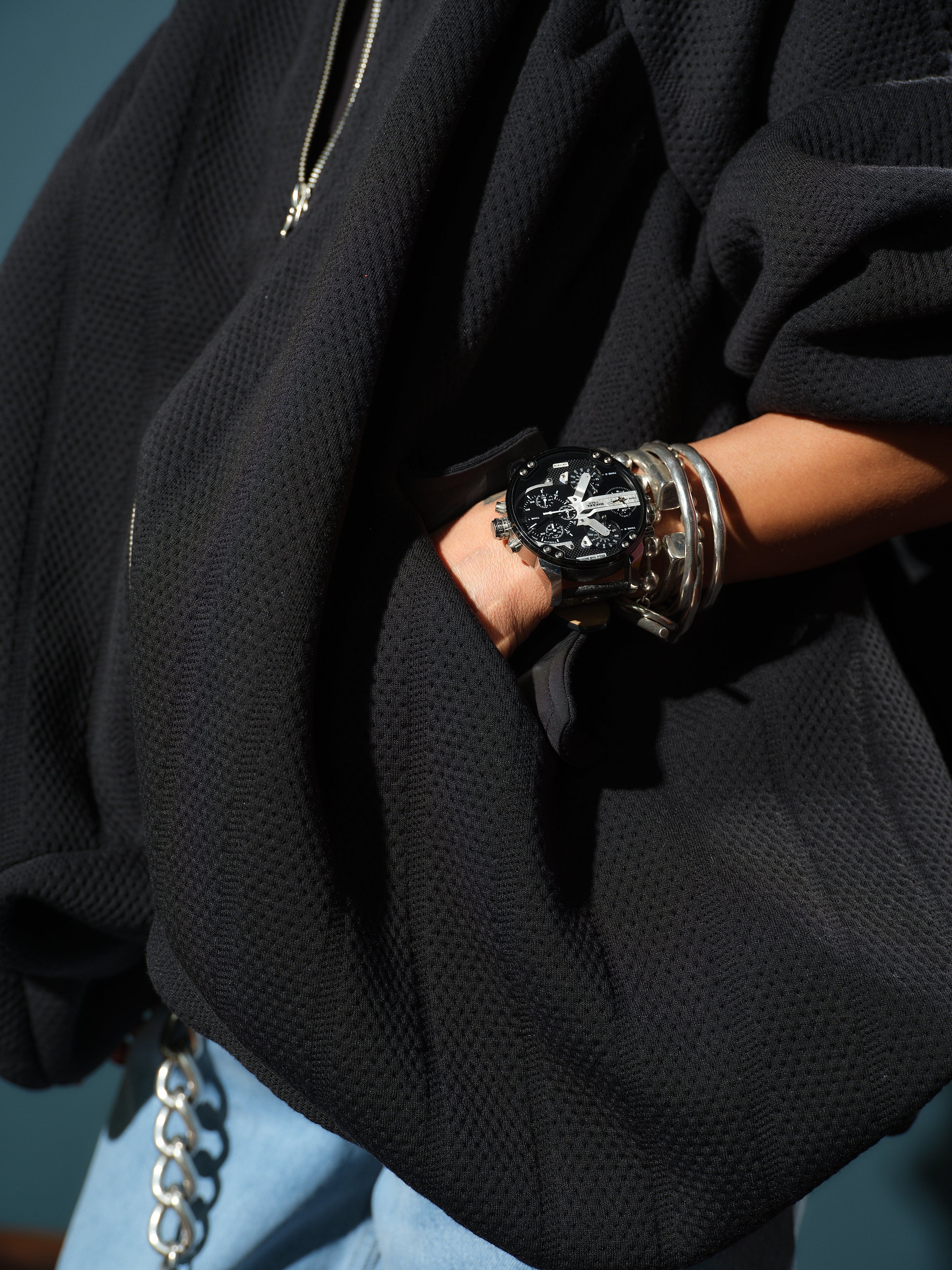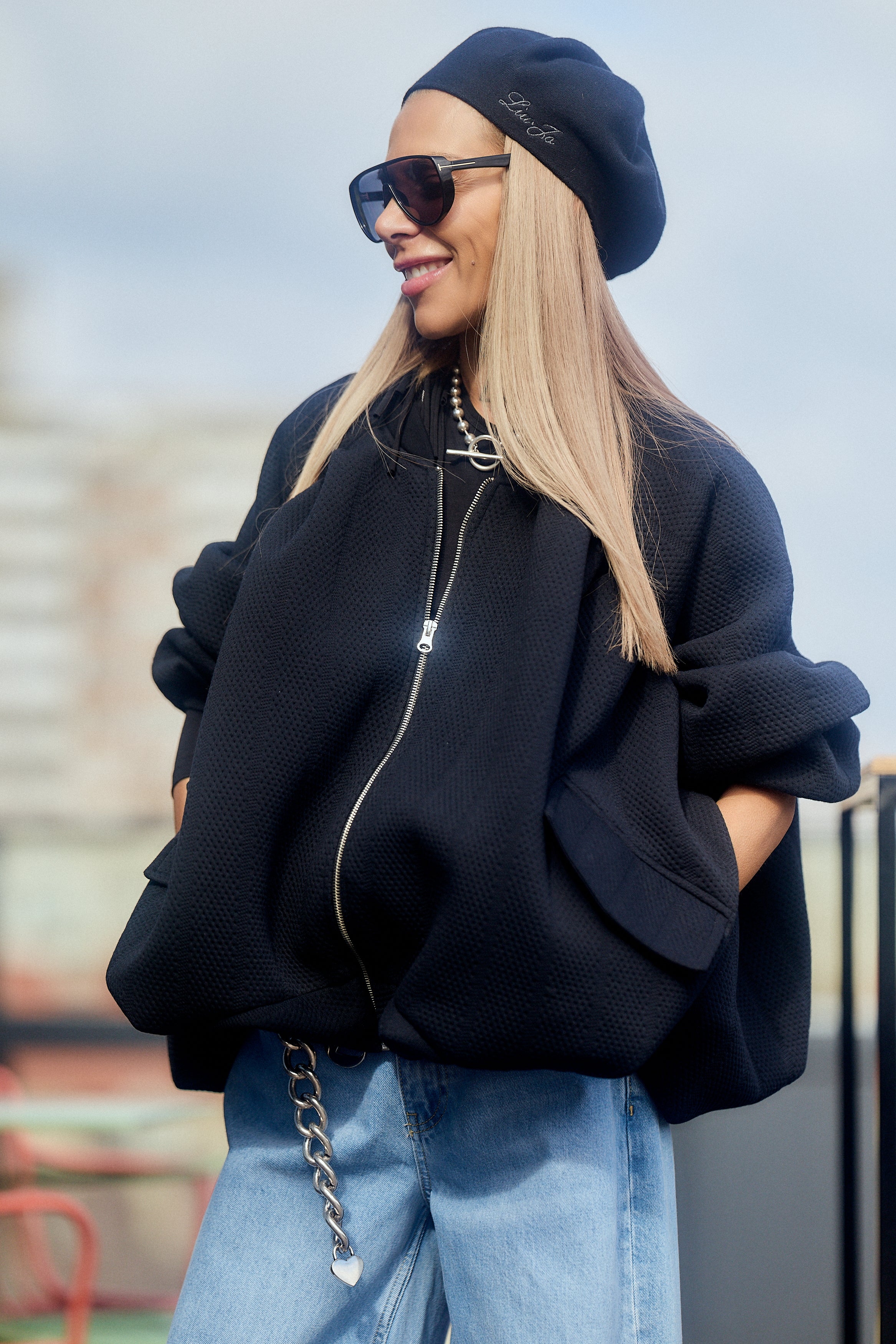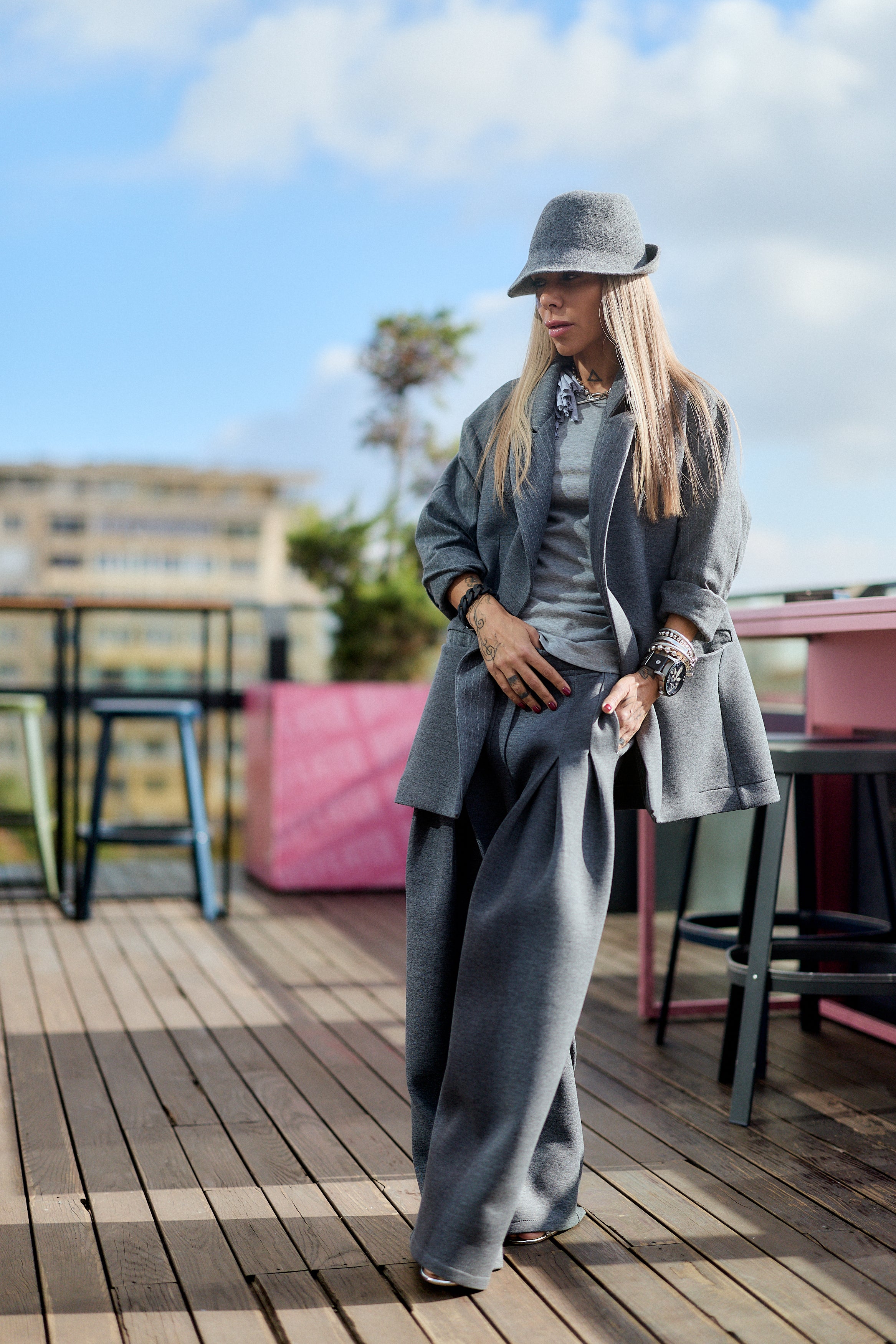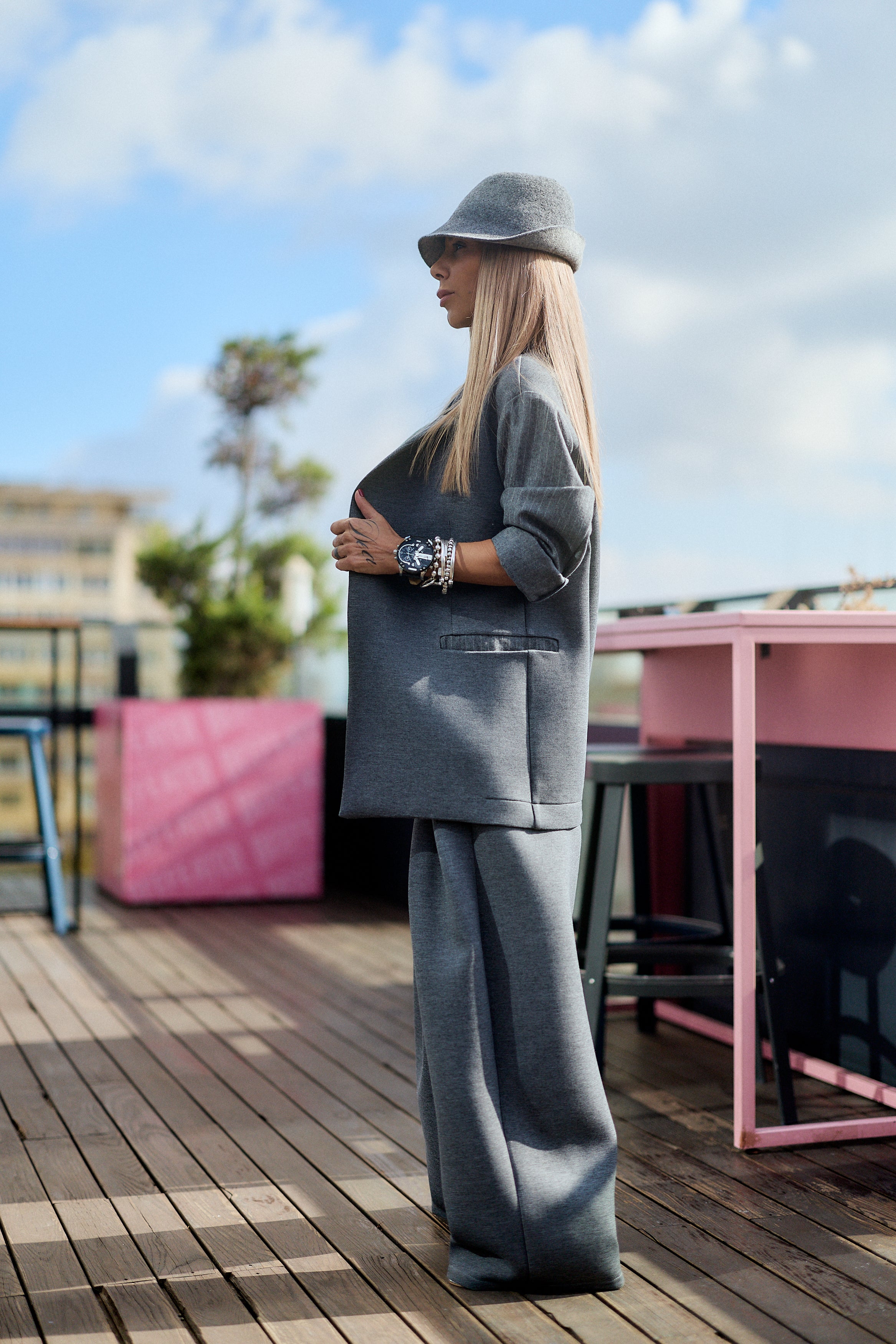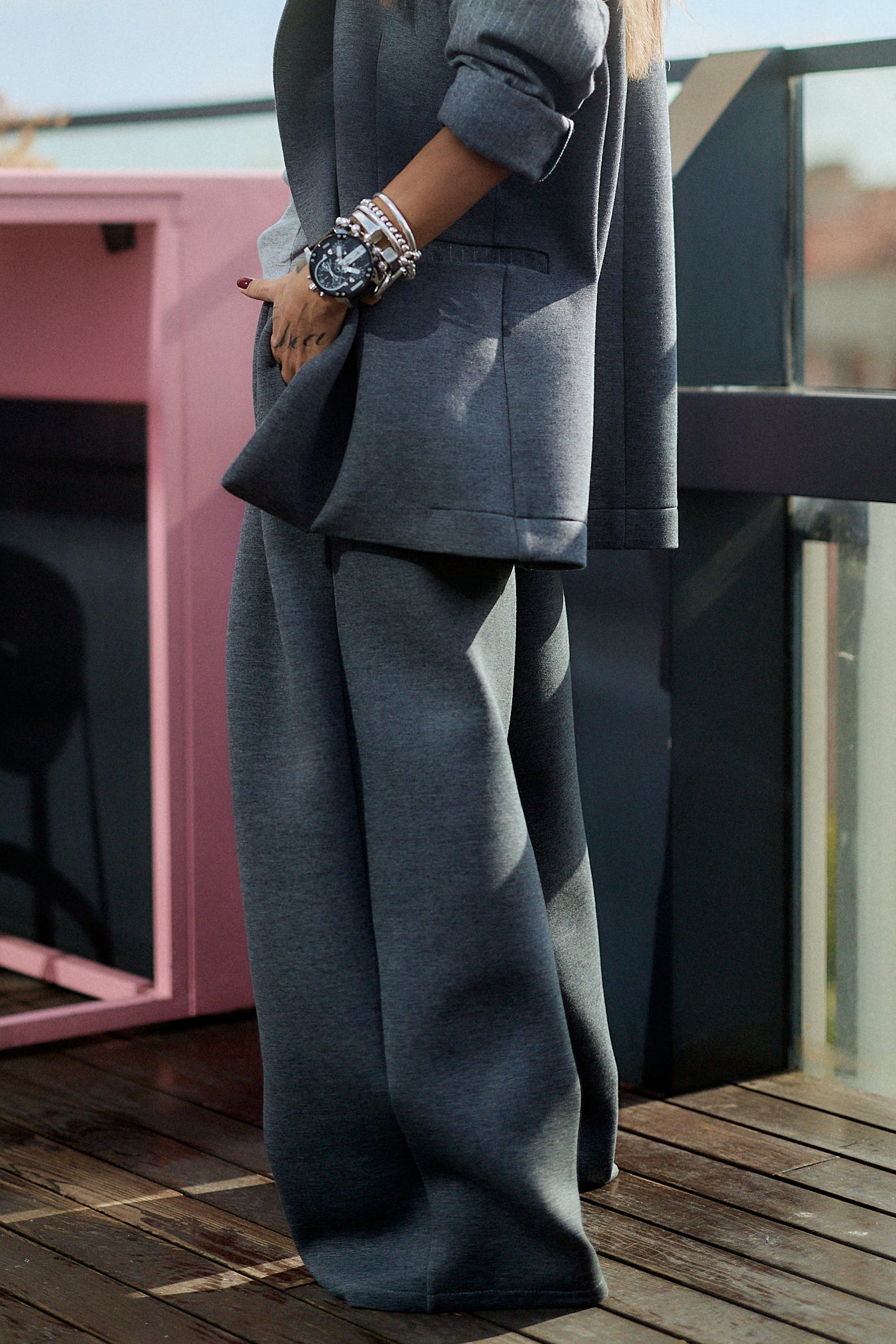The dress is such an iconic wardrobe staple that every woman has and it’s irreplaceable. It is a symbol of femininity and elegance and it’s an inseparable clothing piece of our fashion arsenal. Dresses come in all designs, colors, lengths and sizes and you definitely have a favourite one. Dresses can be formal and informal.
There are dresses that can make you look sophisticated and also such that make you look sporty. It can be worn at different occasions and different times of the day which makes it suitable for combining with different types of clothing.

The dress has a long history. According to the dictionary dresses are outer garments made up of a bodice and a skirt and can be made in one or more piece. But the women’s dress is something more than just a garment. It influences our mood and the way we feel when we wear it.
Dresses has evolved significantly through the ages to become these models we know today. They have passed an enormous transformation but their role has never changed and stayed the same – to make every woman feel beautiful and elegant inside and out. In a historical aspect, dresses can also include other types of clothing such as corsets, kirtles, partlets, petticoats, smocks and stomachers.
In this article we are going to bring you back in time and show you what types of dresses women wore in the past.
History of the dress through the centuries
11 th century

European women wore dresses that were similar in design to men's tunics in the 11th century. These dresses had a hemline that went below the knees or lower. By the end of the century, this type of dresses had a tighter fit on the arms and women's upper bodies. They were made snug as they we fitted with slits on their sides that were pulled tight so that they fit a woman's figure.

16th century

In the 1550s, middle- and upper-class European women started wearing dresses that included a smock, stays, kirtle, gown, forepart, sleeves, ruff and a partlet. There werent’t any undergarments worn under these. Queen Elizabeth of England set the rule about what types of dresses women should wear. Women in France were inspired by Spanish-style bodices and started wearing more ruffs. Marlotte was the common French dress. The traditional dress in Italy was known as ropa and semarra.

Dresses in the 16th century featured also different surface decorations such as embroidery and especially blackwork which was very trendy. The dresses of Russian women during both the 16th and 17th centuries represented a woman's place in society or in their family.
17th century

During this time Holland thrived as a center of textile production. It was an area of great importance when it comes to innovation in women’s dresses. During this historical period women in Spain and Portugal wore stomachers.
During this time in England and France dresses got a more“natural“ design shape. The most used decorations on the dresses were lace and slashing. Skirts had a full shape and regular folds. Because the dresses had an overskirt this offered the option to show an underskirt of a similar fabric.

The necklines of the dresses became lower too. The dresses were made with interesting embroideries that showed the latest scientific discoveries. The embroideries featured new animals and plants that were discovered at this time.
In the British Colonies, the multiple-piece dresses become popular women’s clothing choice despite the fact they were less luxurious. Women from high societies that lived in the Spanish or Dutch colonies in the Americas wore their dresses according to the fashions that were in trend at their homelands.

Until the last 25 years of the century the three-piece dress that had a bodice, petticoat and gown was in trend. At this time the mantua, a one-piece gown, became also popular. By the 1680s corsets had won their place in the women’s dresses.

Women in the working class, and women in slavery in the Americas, used simple patterns to create shifts, wool or linen petticoats and gowns and cotton dresses. The bottoms of the skirts could be tucked into the waistband when a woman was near the fire or other cooking/heating source.
18th century
18th century brought large, triangular silhouettes into fashion. The skirts were usually wide and they had hoop underskirts that acted as a support. Until the middle of the century one-piece gowns stayed in fashion. Hoop petticoats started to become small during the 1760s period in France.
Also more light color and light fabrics were mostly preferred. Women living in Colonial America usually wore a gown and petticoat. The skirt of the gown opened to show the petticoat under it. Women at this time did horse riding and their riding gear was petticoat, jacket and a waistcoat.

French fashion in dresses was changing at a fast pace during the later part of the 18th century. During this time period, the length of women’s dresses changed just a bit. Their length was stayed between ankle-length and floor-sweeping.

The so called robe à la française (sack-back) gown became very popular in the period between 1740 and 1770 among aristocratic women. The Empire style dress gained popularity in France after the French Revolution. Josephine Bonaparte was a fan of this simple style dress.
Other kinds of dresses that were worn during the revolution were tunic dresses and the negligée à la patriot. The last type had the colors red, white and blue colors which were symbolic of the revolution.
19th century

Women's dresses in the 19th century were categorized according to the time of day they were worn or the purpose of the dress. High-waisted dresses were the main trend until 1830.

Russian women wore dresses made of thin fabrics, some of which were semi-transparent in the early 19th century. This style was influenced by Classicism and Elizabeth Vigée Le Brun appeared in these types of dresses with a short skirt that reached her ankles when she lived in Russia between 1785 and 1801. Many Russian women wore dresses in this style. But by the 1840s, Russian women started following European fashion in dresses.


The European style in dresses developed considerably in the 1860s. The hoopskirt and crinoline-supported dresses became popular. The skirts during this period had many decorations. The fullness was draped and went to the back of the dress. Dresses had two types of bodice –such with a high neckline and long sleeves worn during the day, and an "evening" bodice with a low neckline (decollete) and very short sleeves worn during the night. In Russia women wore "malakhovs" -metal hoopskirts.

Women in the American West wore floor-length dresses designed for sleeping. They were made of white cotton and had high collars with decoration. Native American people, such as the Navajo and the Mescalero Apache started to copy the designs of American West dresses in order to look more like the European Americans. Navajo women incorporated their own sense of beauty in the European designs and therefore they created "hózhó."

In the 1860s paper sewing patterns for women started to become available as the Butterick Publishing Company began to promote them.These sewing patterns were graded by size which was a new idea.
During the Victorian era dresses were tight-fitting and pleats, rouching and frills were their decorations. The American women who took part in dress reform in the 1850s became the center of attention. The Rational Dress Society expressed their reaction to the restrictive dress of the era in 1881.
20th century

In the beginning of the century the dress popularized by Gibson Girl became trendy. During the Edwardian era the upper part of women's dresses had a "pigeon breast" that turns to a corseted waist and an s-shaped silhouette. This type of dress was called "waist" if it’s one-piece or "shirtwaist," if it consisted of a skirt and a blouse.
This dress had a bodice with a boned lining. Rich women wore tea gowns when they were at home. These dresses were loose but less loose than a "wrapper," and were sewn from expensive fabrics and laces.

The Edwardian look in dresses slowly gave way to a straighter silhouette in 1910. Paul Poiret, who was a French designer, had contributed considerably to the development of this look. Those designs created by Poiret were sold in boutiques and department stores as well.
The most popular dresses of this period were one-piece and included lingerie dresses that can be layered. At this moment the American Ladies Tailors' Association made a dress - the suffragette suit. It was a practical dress for women to work and spent their whole day. In the 1910s factory-made clothing started to become readily available which was another clothing innovation.

In 1915s waistlines we positioned high and ended below the natural waist and by 1920 waistlines ended at hip-level. During 1910 and 1920s necklines became lower and dresses had short sleeves or no sleeves at all.
Women who worked during World War I wore mostly shorter dresses. This type of dresses eventually became the general outfit then. Moreover, waistlines became looser and the most worn colors were black, white and gray.

By 1920 in fashion came dresses made of lighter fabrics that were easier to put on. The trends were set by younger women too and these trends were followed by older women. 1920s dresses could be pulled over the head and their design was short and straight. Women were allowed to wear sleeveless dresses during the day. Until the end of the decade flapper dresses came into fashion.


During World War II brought the trend of slimmer dresses whose design was inspired by military uniforms. After WWII Christian Dior popularized the New Look in dresses which stayed on fashion for about a decade. Since the 1970s dress designs changed often and not a single dress type has stayed for too long. Short and ankle-length styles alternated and were shown side-by-side in fashion magazines and catalogs.



























